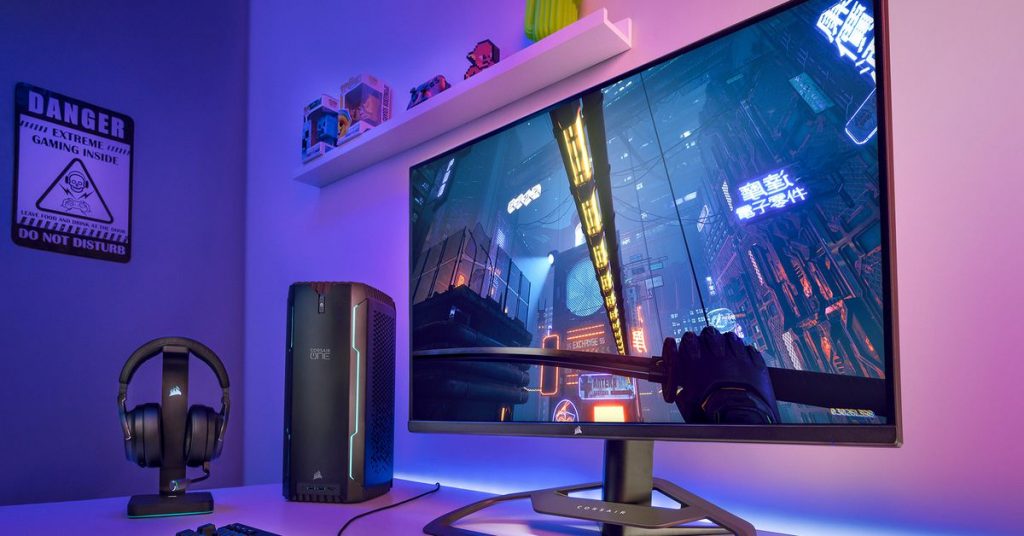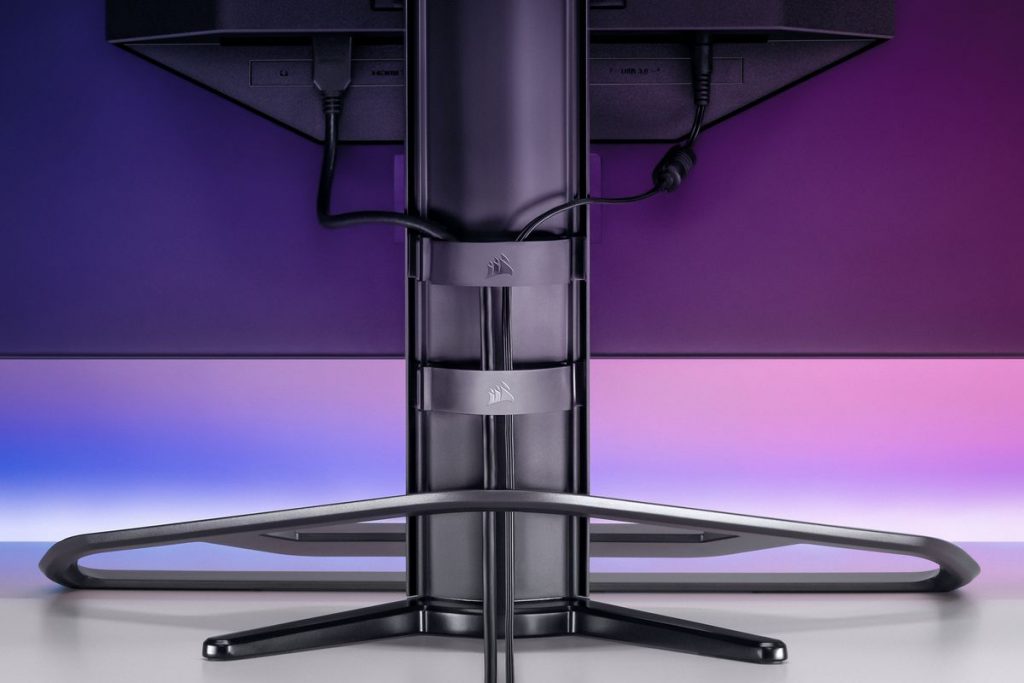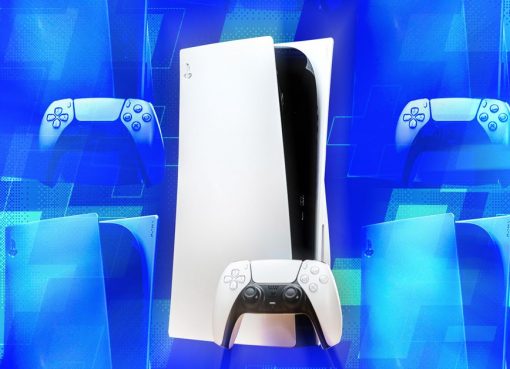When it comes to PC components and accessories, there isn’t much that Corsair itself doesn’t make. The company’s adding gaming monitors to its list of offerings with today’s announcement of a 32-inch model called Xeneon. It uses a 1440p quantum dot IPS 16:9 aspect ratio panel that has a 165Hz refresh rate to display fast-paced content.
Other standout specs include AMD FreeSync Premium and Nvidia G-Sync compatibility for adaptive sync to eliminate screen tearing when the frame rate fluctuates. It also has 100 percent coverage of the SRGB color gamut, and on its back, there are plenty of ports, which I’ll expand upon later.

Corsair is utilizing its well-known presence in the market to go up against not just other monitor manufacturers, like LG, Samsung, BenQ and Acer, but other big names in PC gaming as a whole — specifically, Razer, which released its revised 27-inch Raptor monitor earlier this year. Corsair’s Xeneon leans on its iCue ecosystem, so you can change your monitor settings in the same app that can tweak the settings and lighting for your Corsair-branded mouse and keyboard.
Perhaps the even bigger humble brag is that the Xeneon’s stand is compatible with rigging systems, like Flex Arms released by the Corsair-owned Elgato. If you have an Elgato Stream Deck, you’ll be able to switch numerous display settings on the fly with one, including color temperature, response time, and inputs.
Contents
Contrary to what this image indicates, you can use accessories from non-Corsair brands with the Xeneon.
Corsair
Even if you aren’t planning on using all of that integration, the Xeneon has plenty of other noteworthy features. It supports Vesa DisplayHDR400, topping out at 440 nits of brightness for HDR content. And speaking of Vesa, it has a standard Vesa mount, so you can stick it onto a monitor arm of your choosing if you’d like. The Xeneon supports a range of motion, including tilt, swivel and height adjustments.


In terms of video inputs, it has two HDMI 2.0 ports, one DisplayPort, and one USB-C port (this port also supports 15W PD charging). The HDMI 2.0 ports support QHD resolution at up to 144Hz, while the DisplayPort input and USB-C support up to 165Hz refresh rate at QHD, according to Corsair’s documentation. If you want to connect devices to the Xeneon to transfer data through the aforementioned USB-C video input, as well as through two USB-A ports, you’ll need to plug its dedicated upstream USB-C port into your PC.
A rear view of the Xeneon’s die-cast aluminum stand and cable management system.
Corsair
The nice thing about most things that Corsair makes is that there is usually a wide range of options at several price points. With the Xeneon, its first and currently only gaming monitor comes in at a rather high $799.99. I haven’t tried this model, so I can’t be the judge of whether it’s worth it. But of note, this cost has a pretty good warranty baked in — both a three-year hardware warranty and a “zero dead pixel” warranty, which will let you swap it out if your Xeneon has one or more bright pixel or six or more dark subpixels.



Both of those are more than zero, but to my knowledge, most monitor manufacturers require more than one dead pixel to warrant giving you a new panel at no cost.
As good as that warranty seems, $800 is far more than I would spend for a QHD gaming monitor or even two combined (my Acer XV272U was a cool $300), though, for people who already have a lot of Corsair and Elgato gear, this might be the monitor you’ve been waiting for.



